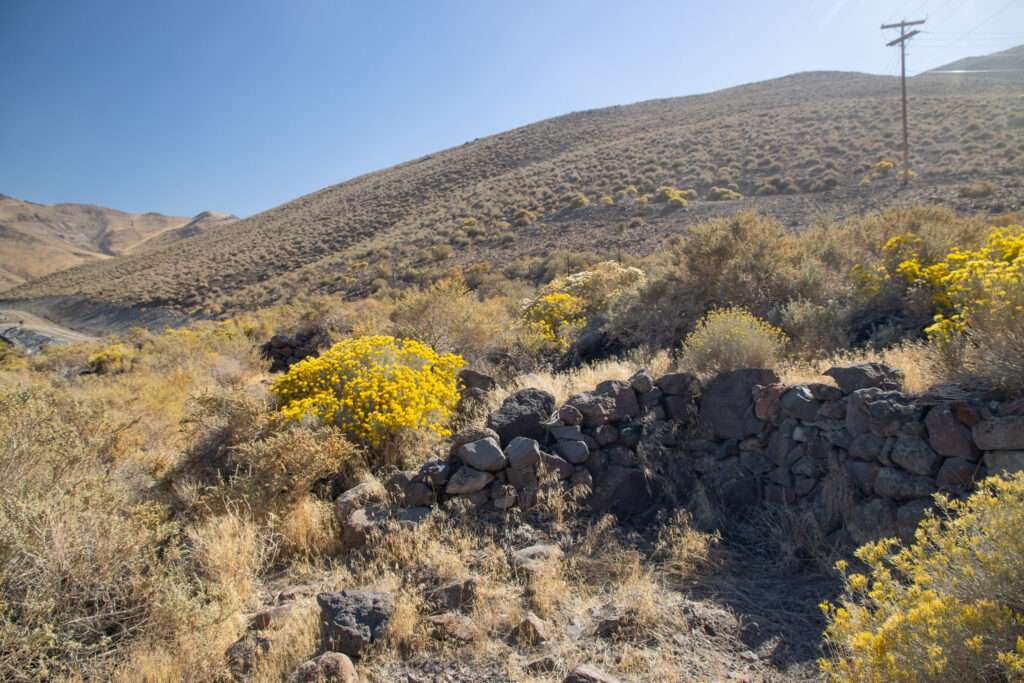
Jamison’s Station was the first settlement in Truckee Meadows, started in 1852 to provide supplies for wagon trains headed to the Gold Country. Unfortunately, information is sparse and conflicting regarding the location; was Jamison’s Station located on the Truckee River or farther west into the meadows? If it is the latter, what is the history of the rock foundations on the river? These questions create yet another Nevada mystery.
Jamison’s Station
Jamison (also spelled Jameson), a Mormon trader from Carson Valley, established a trading post in Truckee Meadows in 1852. He had served at Mormon Station (now Genoa) as an agent for George Chorpenning Jr, who held the mail contract between Sacramento and Utah. The Carson Valley squatter government elected Jamison and a slate of others in 1851.
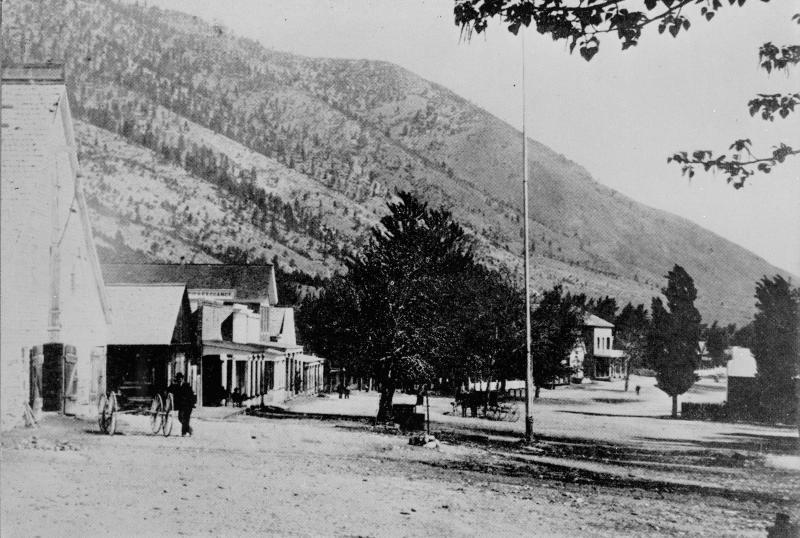
(Historic photo credit: WNHPC)
Jamison’s Station was at a perfect location; due to the river and marshes, every emigrant traveled past his trading post. Pioneers needed to resupply before the final leg of their journey. Jamison ran a “thriving business trading with the emigrants” and likely sold food, clothing, tobacco, and other supplies to those joining the gold rush.

In addition to selling staples, Jamison would trade out fresh livestock that could carry the pioneers over the treacherous Sierra. The worn-out livestock was rested and fattened on the rich grass and water of the Truckee Meadows to be sold to following wagon trains, reportedly at a handsome profit making Jamison the first to attempt agriculture in Truckee Meadows.
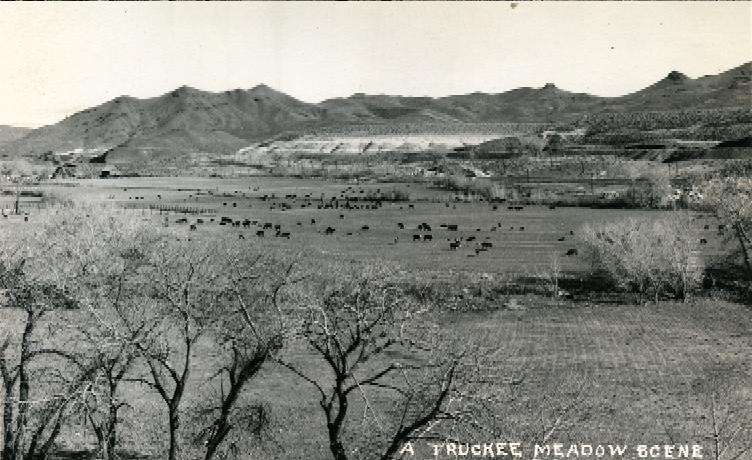
(Photo credit: Historic Reno)
Jamison’s Station was the only settlement in Truckee Meadows for several years. Multiple historical periodicals mention Jamison’s Station, but they all reprint the same story with limited information.
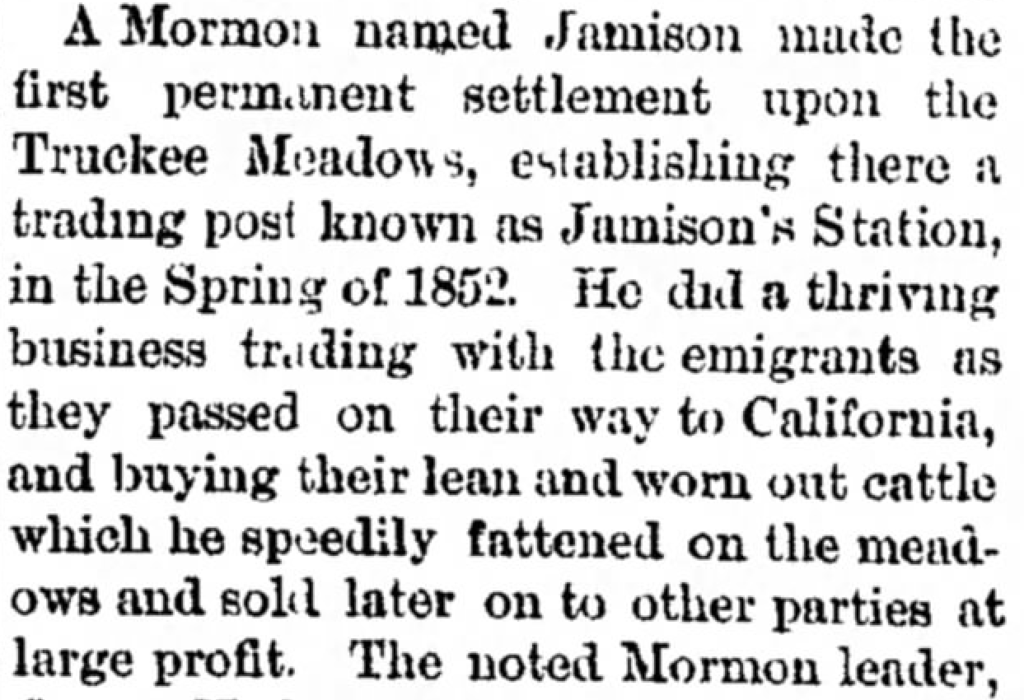
No information exists about when Jamison abandoned his station. However, it likely didn’t exist past the settlement of Glendale in 1857 and Lake’s Crossing (now Reno) in 1859, making Jamison’s Station the first ghost town in Truckee Meadows.

Where was Jamison’s Station?
Debate surrounds the location of Jamison’s Station. The most common thought, and Trails West marker, is that the station was on the Truckee River inside the Truckee Meadows Water Reclamation treatment facility. However, other evidence indicates the station was a few miles to the west, in the historic town of Glendale, now the corner of Glendale and McCarran.

Don Buck, the historian for Trails West, conducted extensive research, referencing historical books, maps, and pioneer diaries. His report: Where was Jameson’s Station Located: A report on the latest research and review of the evidence gives a full accounting of Jameson’s Station and its possible location.
The Truckee River?
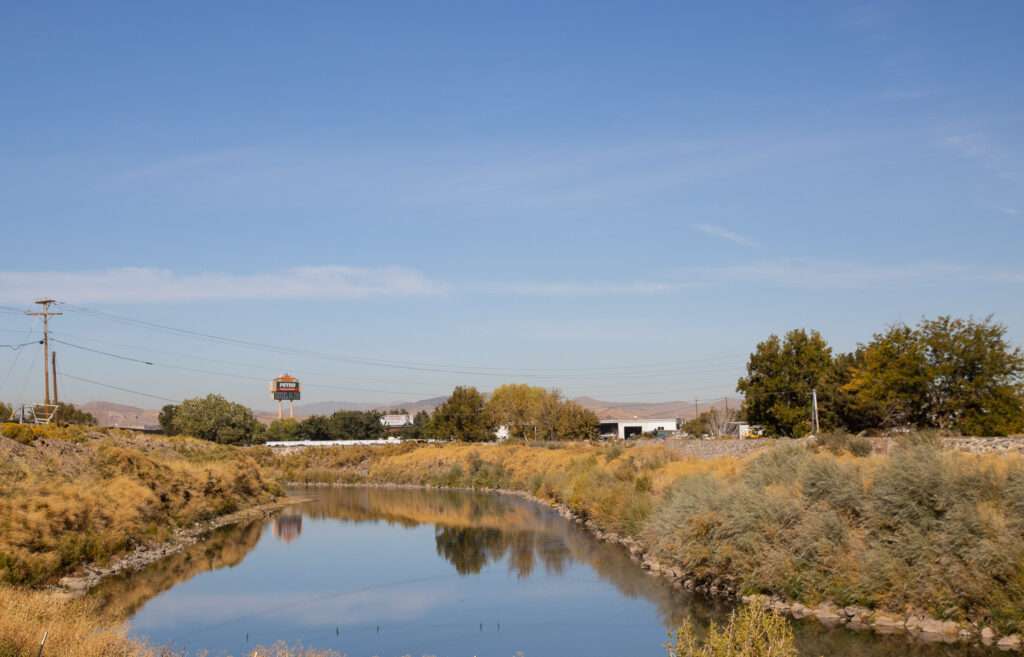
The oldest documentation about Jamison’s Station was in History of Nevada by Thomas H. Thompson and Albert A West, 1881. The extensive information said Jamison’s Station was
…on the Truckee River, where he traded with the emigrants, buying their lean and exhausted stock, or trading good cattle for them.
History of Nevada. Thompson and West, Page 623


At Glendale?
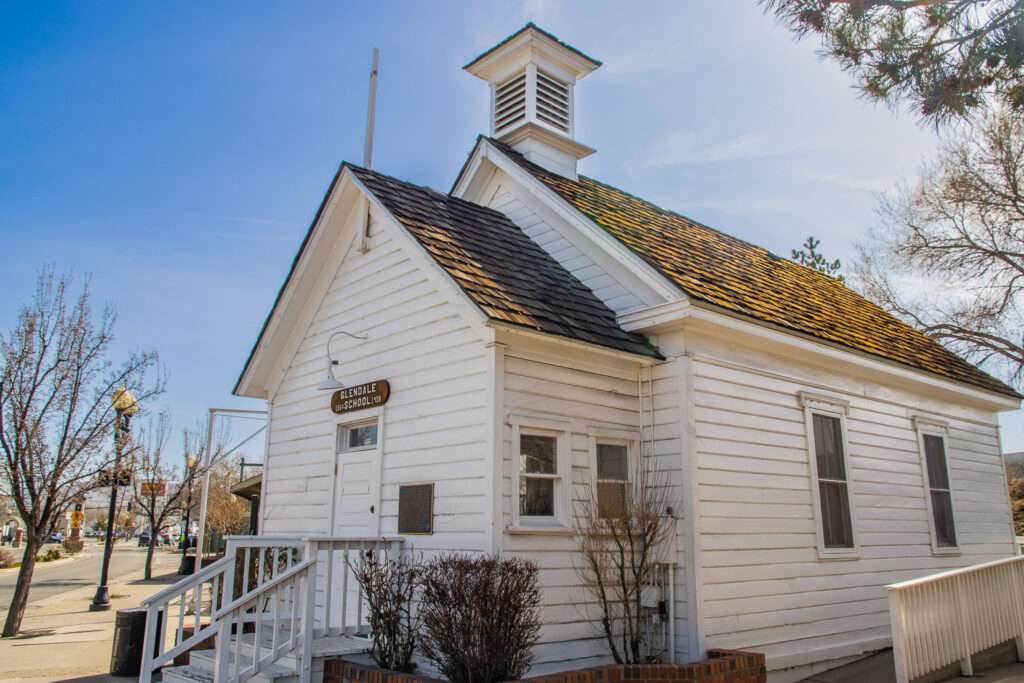
Nevada State Historical Society has two references to the location of Jamison’s Station, indicating it was not on the river. In Volume 4, 1923-1924, they published a Master’s Degree thesis by Annie E. Prouty, Development of Reno in Relation to its Topography.
He is a Mormon who came from Carson Valley in 1852 and established a station where Glendale is now.
Development of Reno in Relation to its Topography. Annie E. Prouty
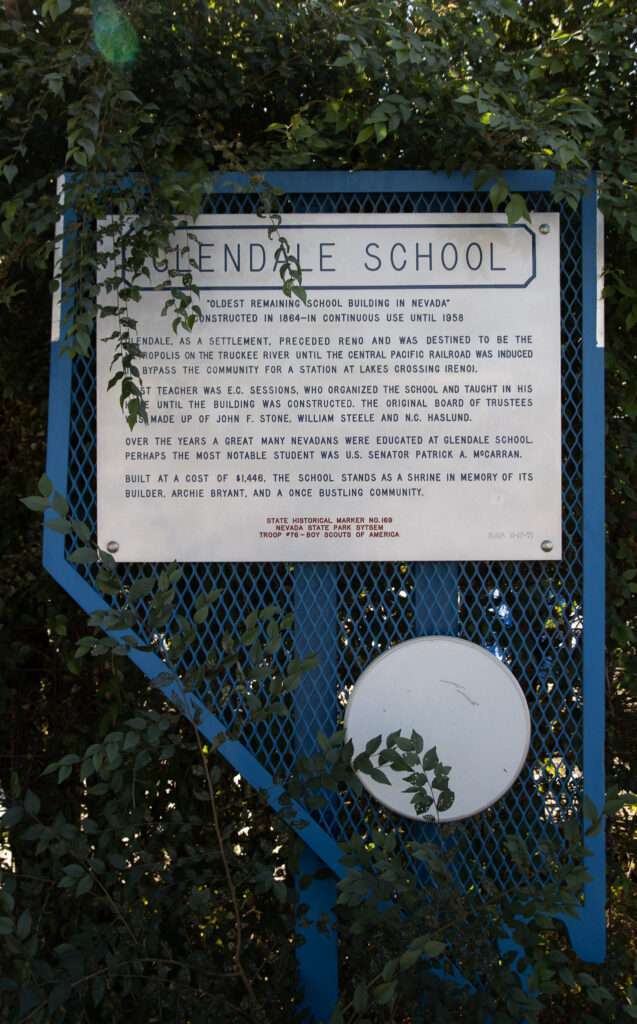
In Volume 5, 1925-1926, they published Pioneer Days in Sparks and Vicinity: Early Settlers, and points of interest by F. B. Kingsbury, reporting Jamison’s Sation was in the Truckee Meadows but north of Glendale.
…in the year 1855 there was only one person living in the valley and that was a trader who dwelt in a tent some distance northward of what later became Glendale.
Pioneer Days in Sparks and Vicinity: Early Settlers,
and points of interest. Kingsbury, page 291
If not Jamison’s, then what?
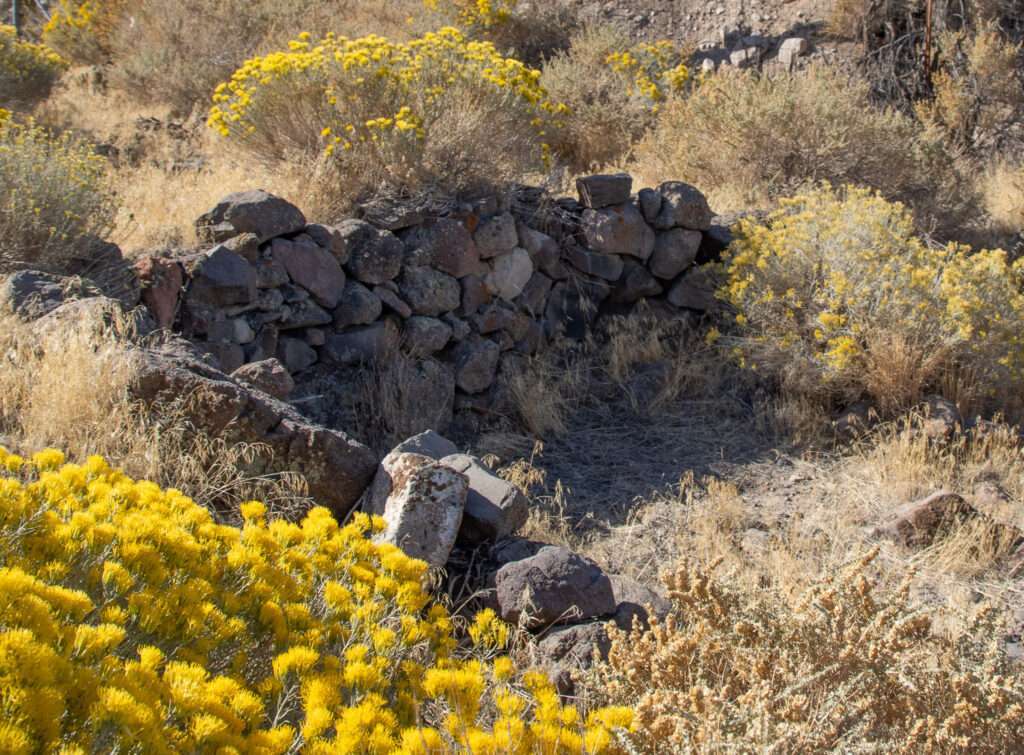
If the rock ruins on the river aren’t the remnants of Jamison’s Station, what might they be? Two survey maps from 1861 and 1863 depict a structure close to the same location. Although the name varies in spelling, they are close enough to appear to be the same person, John Georges.
Therefore, the existing stone remains of a structure attributed to Jameson and his trading post are more likely were the remains of a stone structure built by “John Guery/Georges”.
Where was Jamison’s Station Located? Don Buck
Who is the winner?
Buck, who was dedicated to pioneers and emigrant trails, believes the stone foundations are likely not Jamison’s Sation. He reports it unlikely that Jamison built a permanent structure and that his station would have been seasonal and based in a tent. Supporting this theory, of thirty-five pioneer diaries from 1852 to 1857, none mention a permanent structure along the river. As they traveled over 2,000 miles with no structures, a permanent trading post would be a journal topic.

According to sources, Pioneer Days in Sparks and Vicinity: Early Settlers, and points of interest, John Stone and Charles Gates built the first permanent structure in Truckee Meadows in 1857, a hotel and trading station. Gates & Stone later became a toll bridge and ferry service and changed the name to Glendale. This would mean the stone foundations on the river were built after 1857, five years too late to be Jamison’s Station.
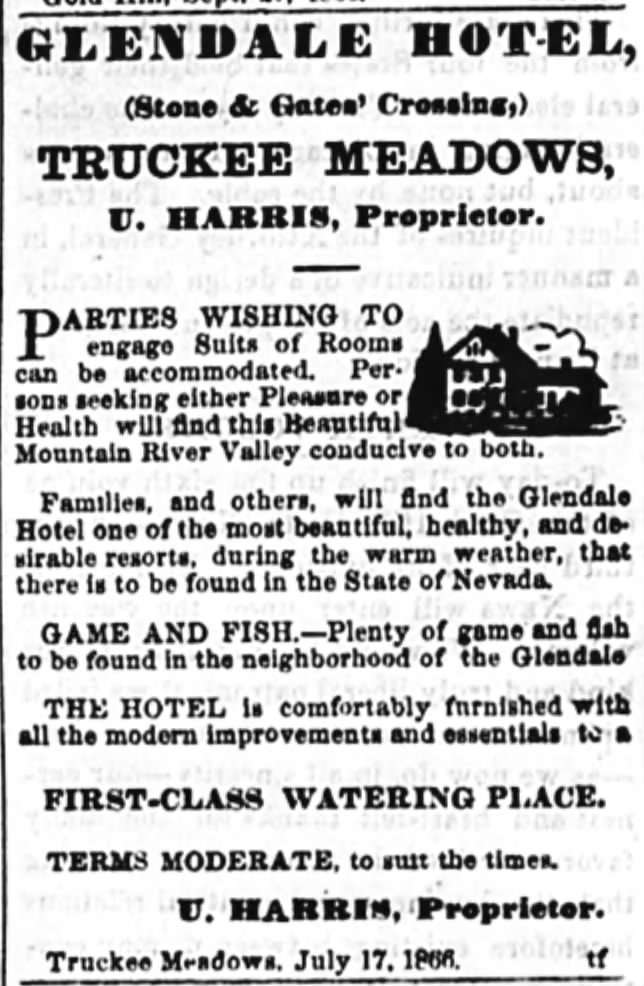
Unless new information comes to light, Truckee Meadows’s first settlement’s location will remain a mystery. Both theories have evidence to support them. Even if the stone ruins were the homestead of John Georges, this does not preclude it as the station site. Georges could have settled at the site Jamison previously developed for agriculture.
There is enough evidence now available to seriously challenge the long held belief that the remains of Jameson’s Station are those stone ruins at the enterence to the Truckee River Canyon…
Where was Jamison’s Station Located? Don Buck
Ghost Towning
Austin of Nevada Expeditions had to drop off his work ride for service in Reno, and he asked if I wanted to explore for a few hours. Hmmm, of course!

Austin’s idea for the day was to locate Jamison’s Station. Following breakfast in Sparks, we headed out in search of history. After a stop at the 1881 Nevada State Insane Asylum, we set our sights on the trading post.
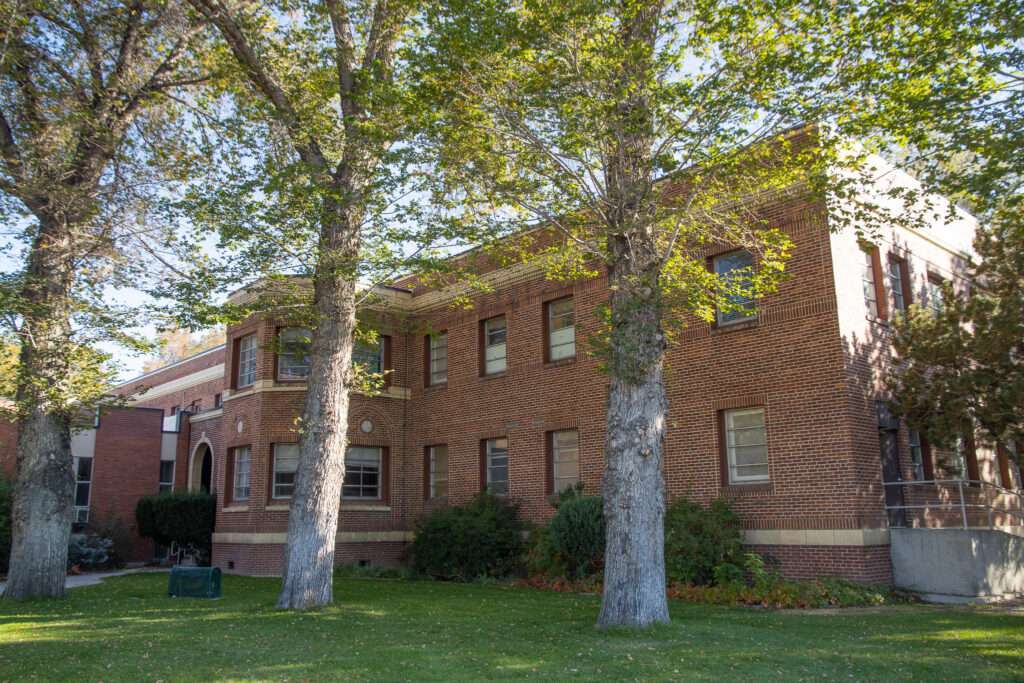
The rock ruins are on the bank of the Truckee River and are within the Truckee Meadows Water Reclamation facility. The site is approximately one acre and fenced. Ruins consist of several rock foundations.

Access to visit the stone ruins needs to be obtained through the administration of Truckee Meadows Water Reclamation. Thank you, City of Sparks, for allowing us to visit and document the historical site.

Want more ghost towns?
For information on more than five hundred ghost towns in Nevada & California, visit the Nevada Ghost Towns Map or a list of Nevada ghost towns.
References
- Buck, Don: Where was Jameson’s Sation Located?
- Carlson, Helen S. Nevada Place Names: A Geographical Dictionary. University of Nevada Press, 1974. Page 120.
- Gamett, James and Stan Paher. Nevada Post Offices: An Illustrated History. Nevada Publications, 1983. Page 68.
- Nevada State Journal: November 14, 1896.
- Nevada State Journal: Washoe County, January 1, 1892. Page 5.
- Nevada State Historic Preservation Office: Explorations and early settlements in Nevada, page 21.
- Nevada State Water Resources: Truckee River Chronology
- Paher, Stanley. Nevada Ghost Towns and Mining Camps. Nevada Publications, 1970. Page 37.
- Paher, Stanley. Nevada Ghost Towns and Desert Atlas. Nevada Publications, 2009. Page 71.
- Reno Gazette-Journal: Agriculture. December 24, 1891.
- Reno Gazette-Journal: March 28, 1951. Page 51.
- The Truckee: Truckee History. October 19, 1997.
- Trails West: Where is Jameson’s Station located?
- Wandering Nevada: Jamison Station
- Weekly Nevada State Journal: January 9, 1982. Page 5.

Anonymous says
EX LANT ARTICLE THANKS FOE EMAILING ME
Tami says
Thank you!
Dudley Dufort says
Extremely well researched. Thank you.
Tami says
Thank you, I hope more information comes to light as pioneer diaries are transcribed.